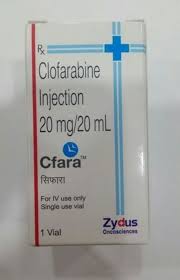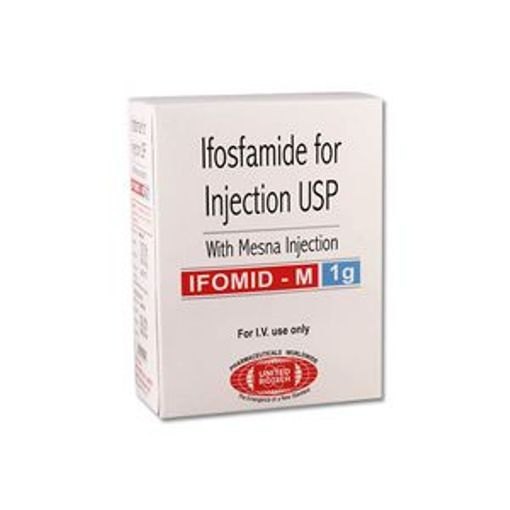Cfara is a brand name for Clofarabine, a medication used to treat certain types of cancer. It is a nucleoside analog that works by inhibiting the production of DNA and RNA in cancer cells.
Composition:
Each 20mg vial of Cfara (Clofarabine) contains Clofarabine, a purine nucleoside analog that inhibits the growth of cancer cells.
Mechanism of Action: Clofarabine works by:
- Being incorporated into the DNA and RNA of cancer cells, which inhibits the production of new DNA and RNA molecules.
- Inhibiting the repair of damaged DNA, which can lead to apoptosis (cell death) in cancer cells.
Indications: Cfara is used to treat:
- Pediatric acute lymphoblastic leukemia (ALL) that is refractory or in relapse
- Pediatric acute myeloid leukemia (AML) that is refractory or in relapse
Dosage: The recommended dosage of Cfara is:
- For pediatric ALL: 20mg/m2/day for 5 days, administered intravenously
- For pediatric AML: 20mg/m2/day for 5 days, administered intravenously
Side Effects: Common side effects of Cfara include:
- Nausea and vomiting
- Fever
- Infection
- Fatigue
- Headache
- Diarrhea
- Abdominal pain
- Increased risk of bleeding
Recommendation: Cfara should be used under the guidance of an experienced healthcare provider, usually an oncologist or pediatric oncologist. Patients should be monitored for signs of side effects and toxicity.
Important Note:
- Cfara can cause severe hematological toxicity, including neutropenia, thrombocytopenia, and anemia.
- Patients with pre-existing liver or kidney disease should be closely monitored during treatment with Cfara due to the risk of worsening liver or kidney function.
- Women of childbearing potential should avoid pregnancy during treatment with Cfara due to the risk of fetal harm.
- Patients with a history of seizures or those who are taking medications that lower the seizure threshold should be closely monitored during treatment with Cfara.
It’s important to note that this information is intended to serve as a general overview of Cfara and its uses, and should not be considered a substitute for medical advice from a qualified healthcare provider or oncologist.
It’s also important to note that Clofarabine is often used in combination with other medications, such as chemotherapy agents, and the specific dosage and regimen will depend on the individual patient’s needs and response to treatment.




Reviews
There are no reviews yet.